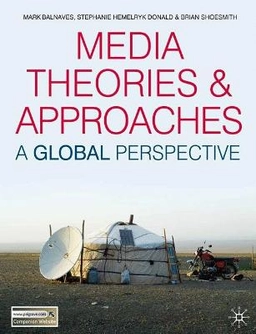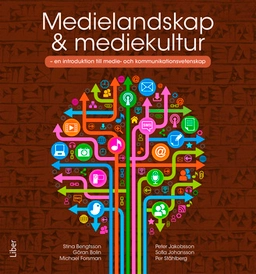

Audiences and publics : when cultural engagement matters for the public sphereUpplaga 2
- Upplaga: 2a upplagan
- Utgiven: 2005
- ISBN: 9781841501291
- Sidor: 200 st
- Förlag: Bristol ; Portland, Or. Intellect
- Format: Häftad
- Språk: Engelska
Om boken
Åtkomstkoder och digitalt tilläggsmaterial garanteras inte med begagnade böcker
Mer om Audiences and publics : when cultural engagement matters for the public sphere (2005)
2005 släpptes boken Audiences and publics : when cultural engagement matters for the public sphere skriven av Sonia M. Livingstone. Det är den 2a upplagan av kursboken. Den är skriven på engelska och består av 200 sidor. Förlaget bakom boken är Bristol , Portland, Or. Intellect.
Köp boken Audiences and publics : when cultural engagement matters for the public sphere på Studentapan och spara uppåt 70% jämfört med lägsta nypris hos bokhandeln.
Referera till Audiences and publics : when cultural engagement matters for the public sphere (Upplaga 2)
Harvard
Oxford
APA
Vancouver



















